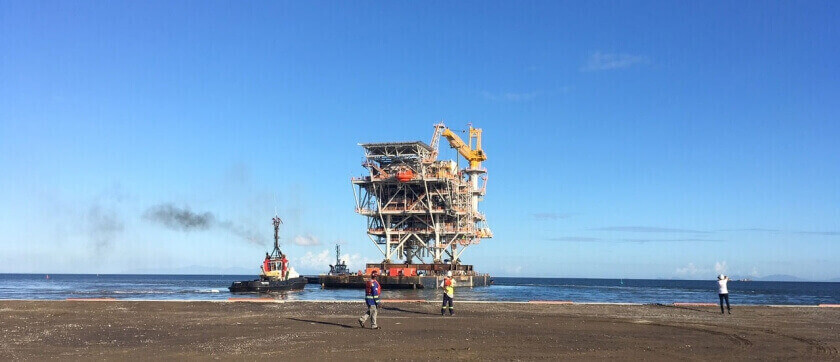Oil giant BP is studying the impact of 3D printing on their businesses. With its potential of disrupting logistics, 3D printing could become a serious threat to oil companies.
BP, one of the world’s biggest oil companies, is studying the impact of new technologies – including 3D printing – on their business.
In a rapidly changing world, BP sees oil demand growth slowing gradually. Most of the changes will be technology-driven (download their study “Energy Outlook 2017″ here). Traditionally, transportation consumes the major share of oil worldwide. With the rise of the electric vehicle, car sharing, and alternative energies, transportation will look different 10 years from now.
3D printing will also be a game-changer. Small-scale digital manufacturing has the possibility to disrupt traditional shipping: Thanks to 3D printing, you don’t have to send goods around the world. Instead, you produce them where they are needed.
According to research company Gartner, 3D printer sales will rise from about 455,000 last year to 6.7 million in 2020 – so the technology will become more commonplace. People will get used to 3D printing – and order 3D printed goods, even if they don‘t 3D print them themselves.
Currently, a Fifth of the world’s oil is consumed by freight transportation; much of it involving long-distance shipments. If 3D printing brings a shift away from mass production to local manufacturing, this could have a serious business impact – not only on the oil giants.
Things will Change… Gradually
Since 2014, Mr. Spencer Dale is BP’s group chief economist in the UK. Th former head of financial stability at the Bank of England was hired to point out changes in the economic and energy landscapes.
According to the Financial Times, Dale said that his team was “planning to look at whether 3D printing could unravel some of the complex global supply chains that have provided a strong source of growth for the oil industry in recent decades.”
He thinks that 3D printing won’t have a significant impact on oil companies instantly. More likely, it’s a long way off. BP’s Energy Outlook 2017 study sees an increasing oil demand until the 2040s. One of the key drivers is freight transport in Asia. However, Mr Dale said that 3D printing would be added to the growing range of disruptive forces considered by his team in their long-term forecasting.
(Via: Financial Times)
License: The text of "BP Studies the Impact of 3D Printing on the Oil Industry" by All3DP is licensed under a Creative Commons Attribution 4.0 International License.
